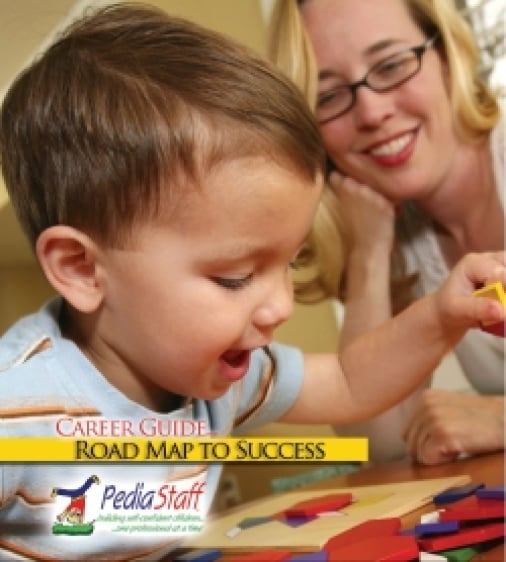Focus on Bilingualism: Communication is Key
By: Alejandro Brice, PhD, CCC-SLP, Ellen Kester, Ph.D., CCC-SLP
This month’s feature again comes from a series of observations affecting our bilingual clients.
Communication
This week I am having my gall bladder removed after receiving a sonogram, CT scan, nuclear EF imaging, and endoscopy. In each of those tests I have asked numerous questions about the procedure and what information it gives in my diagnosis. I, an educated professional fully fluent in English and at times had difficulty understanding everything that was being communicated. English was not the problem; the medical professionals were speaking medical-ese. The first main relation to working with bilingual clients is the vast amount of information that is exchanged in the interactions with medical professionals. The second issue that affects communication is the person’s level of English proficiency. Length of residence is not always an indicator of ability. For example, there have been instances where I have conversed with bilingual individuals who have resided in the U.S. for many years, yet spoke English with limited abilities. The second point in communication is that one cannot assume that English language learners fully understand what is being communicated. Hence, accommodate your client’s language ability by making technical speech-language-ese or audiology-ese understandable. Second, accommodate by checking for understanding. Ask your client to repeat what has been said.
Cultural Perspectives of Disabilities
In my 24 years of clinical work with English language learners with disabilities, it has become apparent that views of disabilities are culturally influenced. Mild disabilities may not be seen as a disability in other cultures (e.g., language learning disability, LLD) because it is a hidden disability. It is a handicap only if it impedes the person’s ability to communicate and interact in society. If the family or others provide accommodation strategies for this person, then the LLD is not perceived as a disability. Accommodate your client’s cultural perspective even if it is not yours.
Cultural Perspective of Etiologies
Not all cultures view disorders or disabilities originating from a medical condition. I recall asking an elderly client (English was her second language) what she thought was the cause of her stroke (i.e., Broca’s aphasia with mild dysarthria). Her response was that it came from an episode when she had stepped out onto a balcony and received a gust of cold air and a scare (i.e., “susto”). In another instance, an American Indian mother believed that her son’s stuttering was the result of a curse put upon him. In each if these instances I have acknowledged their perspective and I was glad that they had elected to receive therapy services. I then proceeded to provide the appropriate therapy. Accommodate your client’s perspective of causes for speech-language or audiological disorders even if they are not derived from a medical perspective.
In sum, working with clients from diverse cultural backgrounds requires one to take different perspectives to be accepting and accommodate their communication needs.
This Month’s Featured Authors: Alejandro Brice, Ph.D., CCC-SLP University of South Florida St. Petersburg and Dr. Ellen Kester Ph.D, CCC-SLP Bilinguistics
We thank our authors for providing this monthly article.
Dr. Ellen Kester is a Founder and President of Bilinquistics, Inc., She earned her Ph.D. in Communication Sciences and Disorders from The University of Texas at Austin. She earned her Master’s degree in Speech-Language Pathology and her Bachelor’s degree in Spanish at The University of Texas at Austin. She has provided bilingual Spanish/English speech-language services in schools, hospitals, and early intervention settings. Her research focus is on the acquisition of semantic language skills in bilingual children, with emphasis on assessment practices for the bilingual population. She has performed workshops and training seminars, and has presented at conferences both nationally and internationally. Dr. Kester teaches courses in language development, assessment and intervention of language disorders, early childhood intervention, and measurement at The University of Texas at Austin. She can be reached at [email protected]
Dr. Alejandro E. Brice is an Associate Professor at the University of South Florida St. Petersburg in Secondary/ESOL Education. His research has focused on issues of transference or interference between two languages in the areas of phonetics, phonology, semantics, and pragmatics related to speech-language pathology. In addition, his clinical expertise relates to the appropriate assessment and treatment of Spanish-English speaking students and clients. Please visit his website at http://scholar.google.com/citations?user=LkQG42oAAAAJ&hl=en or reach him by email at [email protected]
PediaStaff is Hiring!
All JobsPediaStaff hires pediatric and school-based professionals nationwide for contract assignments of 2 to 12 months. We also help clinics, hospitals, schools, and home health agencies to find and hire these professionals directly. We work with Speech-Language Pathologists, Occupational and Physical Therapists, School Psychologists, and others in pediatric therapy and education.
